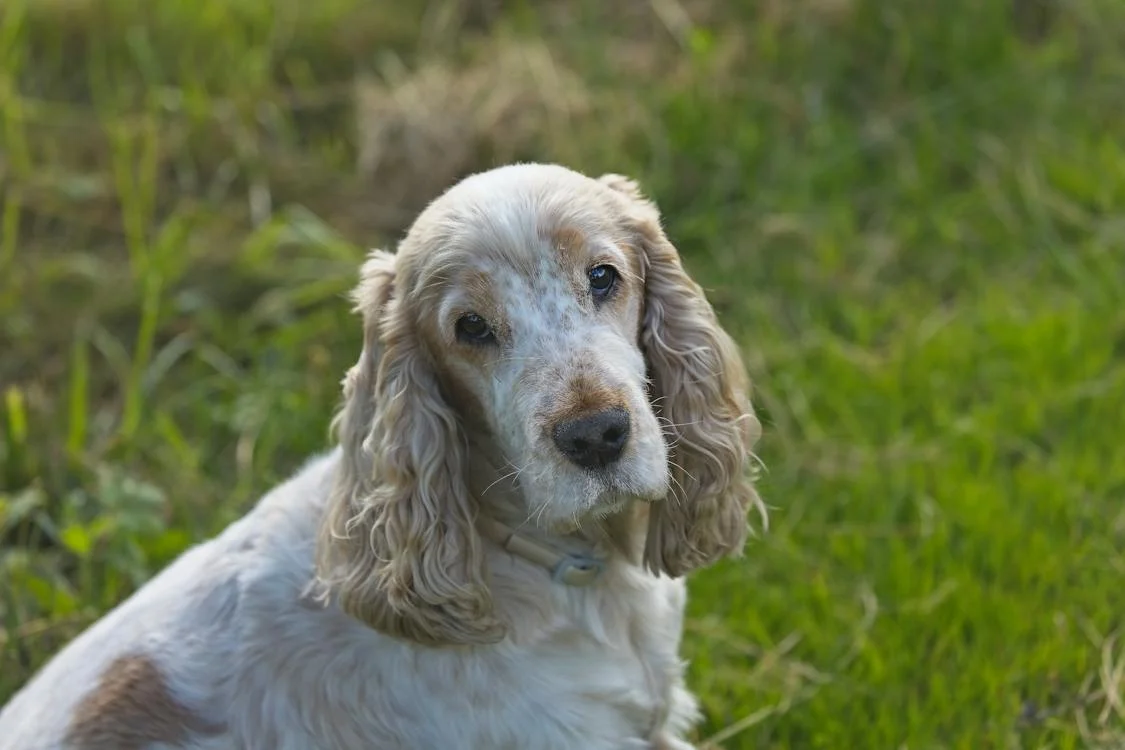Cavalier King Charles Spaniel
When it comes to elegance, one dog surely fits the role. The Cavalier King Charles Spaniel is a toy dog that evidently got its name from royal ancestry. This dog has an incredible history, dating back to Old England. Aside from its royal blood, this breed is built with athleticism, making it an excellent sport dog.
The Cavalier King Charles Spaniel is a popular dog not just in Britain, but also in other parts of the globe. One of its remarkable features is its large and hairy ears. Its iconic ears are well-known to several dog lovers worldwide. Furthermore, this breed showcases outstanding skills on the field. Despite its relatively small size, it is very active in the field, that is why many dog enthusiasts consider this dog a pet and companion for various indoor and outdoor activities.
Origins of the Cavalier King Charles Spaniel
We can trace back the origins of the Cavalier King Charles Spaniel to hundreds of years ago. This royal breed originated from the 17th century Britain, wherein King Charles I owned a black and tan colored toy spaniel. King Charles I, along with his son Charles II, was heavily affectionate with the toy dog. Furthermore, the devotion fo Charles II to the Spaniel led to speculations that he was more occupied with his dogs than Britain. Because of their extreme love towards this breed, it was named in their honor.
People loved the Toy Spaniel over the years up to the 19th century. Its incredible popularity around the world sparked the interests of various breeders. Many of them cross-bred the Toy Spaniel with other breeds, such as Pugs and Japanese Chin.
The result of the cross-breeding was fascinating. However, the incredible breed produced led to a catastrophic decline in the population of the original Toy Spaniel. It didn’t take long, and the Toy Spaniel reached the brink of extinction.
Thankfully, the early 20th century became a favorable period for the Toy Spaniels. Dog breeders became curious about the portraits hanging in the halls of English manors. Those portraits showcase the ancient Toy Spaniel that used to live with King Charles II. Their curiosity grew – whether a breed with such a beautiful appearance still exists. That was when Roswell Elridge offered a cash prize to dog breeders who could produce such magnificent breeds of the past.
Because of the prize money, various dog breeders worked extensively in hopes of reviving the breed. After many attempts, they succeeded in restoring the old toy Spaniel, wherein they call the new breed as Cavalier King Charles Spaniel. The Cavalier King Charles Spaniel comes with a variety of body colors and patterns. Interestingly, this dog continued to have noble resemblance even years after it was restored.
Characteristics of the Cavalier King Charles Spaniel
Height: 12 – 13 inches
Weight: 13 – 18 pounds
Life Expectancy: 12 – 15 years
Hypoallergenic: No
As mentioned, the Cavalier King Charles Spaniel is a small dog that could stand up to thirteen inches tall and weighs up to eighteen pounds. Its appearance evidently shows nobility – mainly for its beautiful coat and iconic ears covered with fur. Its eyes express gentleness, which reflects in its nature.
Despite their royal blood, the Cavalier King Charles Spaniel works incredible on the field. This dog has the heart of a true sport dog. Its small body is built with athleticism and agility, making it excel in various indoor and outdoor activities.
Moreover, the Cavalier King Charles Spaniel is a gentle breed that works well with children. Its amiable nature makes it perfect for its noble status. Overall, this dog is a great combination of elegance, affectionate, and power – making it an excellent family companion.
Caring for the Cavalier King Charles Spaniel
Despite its royal ancestry, the Cavalier King Charles Spaniel is not much difficult to feed. High-quality dog food works best for this breed. However, be mindful of the amount of food you feed them to avoid unnecessary weight gain. Excessive feeding could lead to various health risks, such as obesity, as well as other medical conditions. Without proper monitoring of your dog’s calorie count, it could suffer from several health problems in the future.

